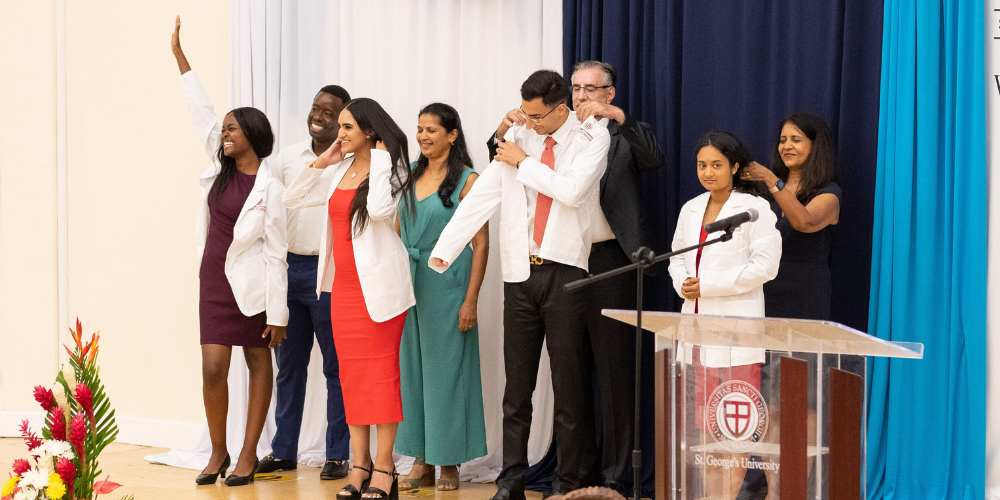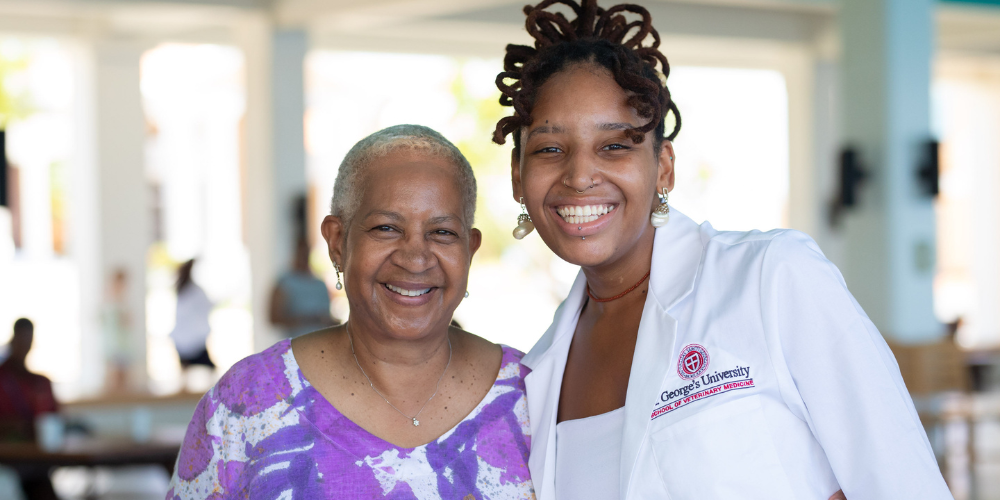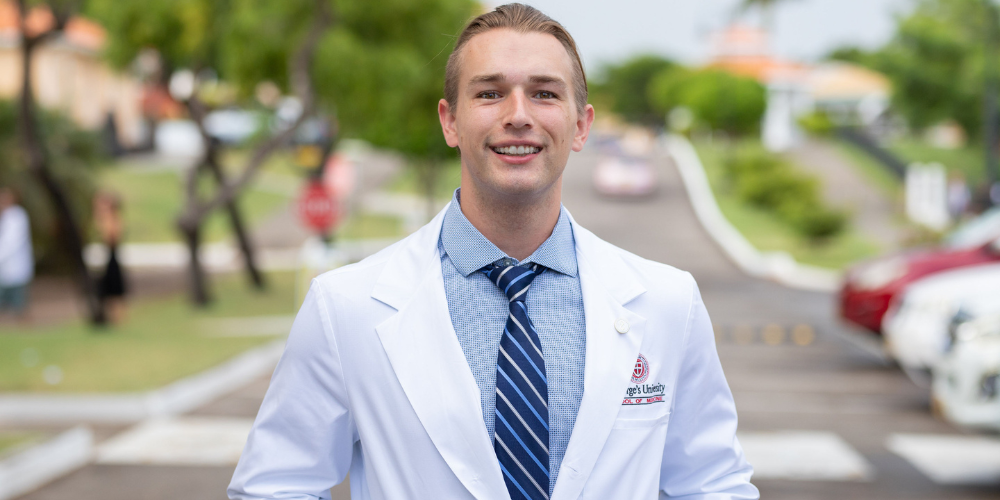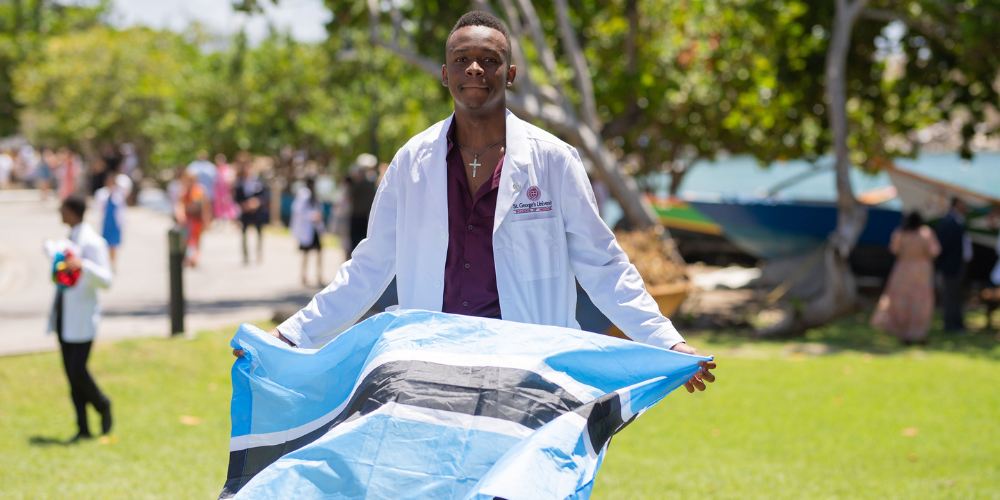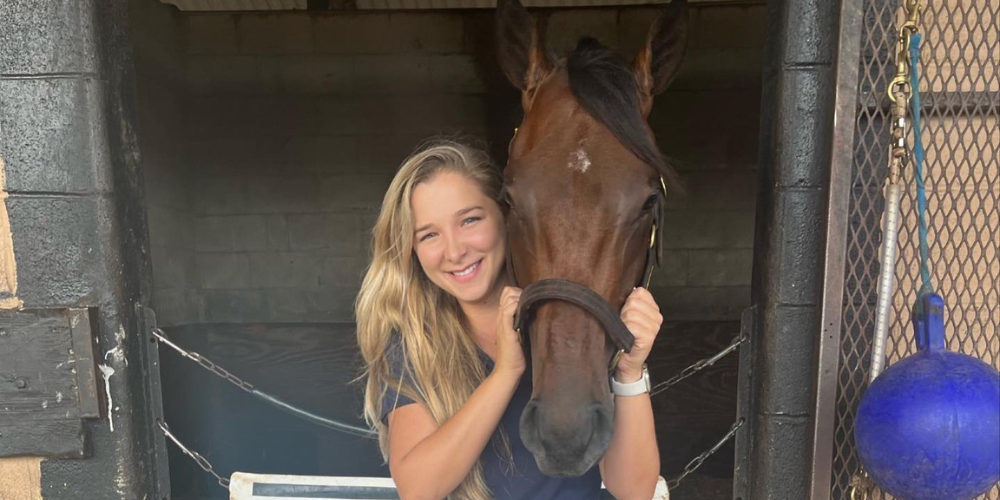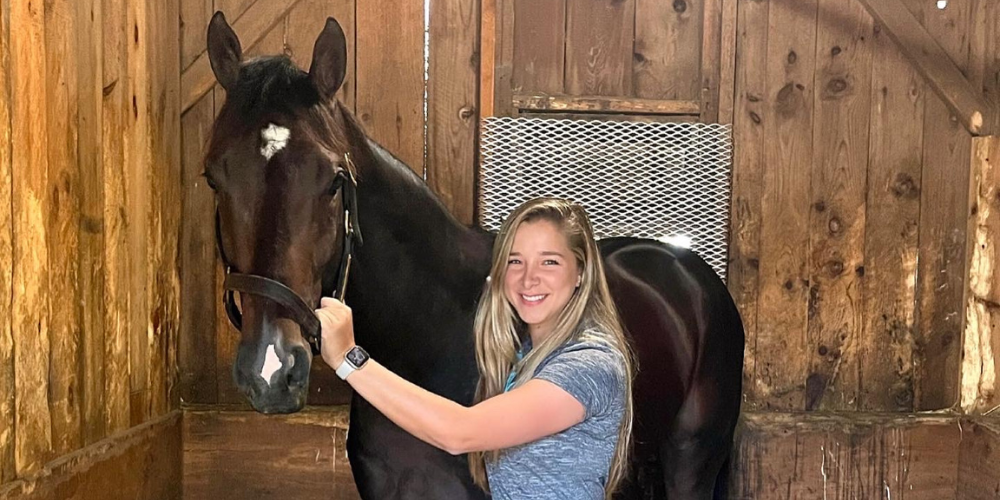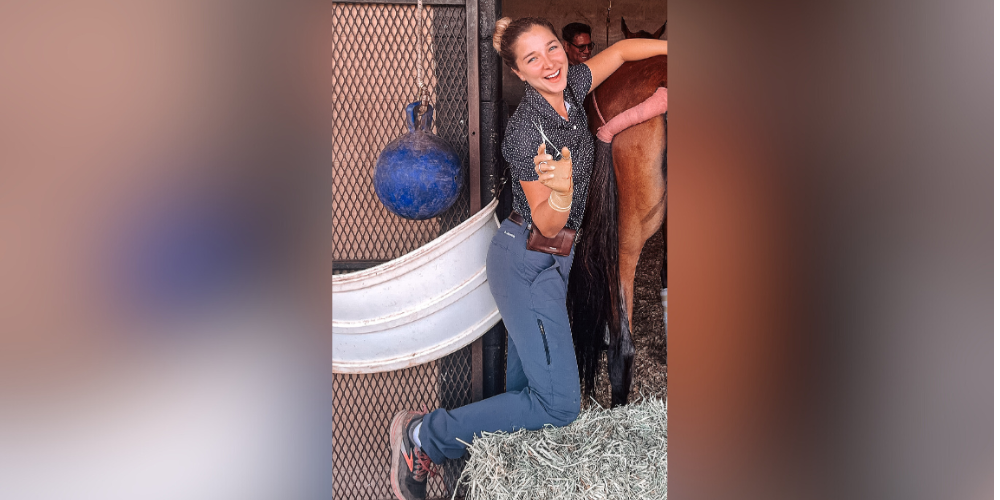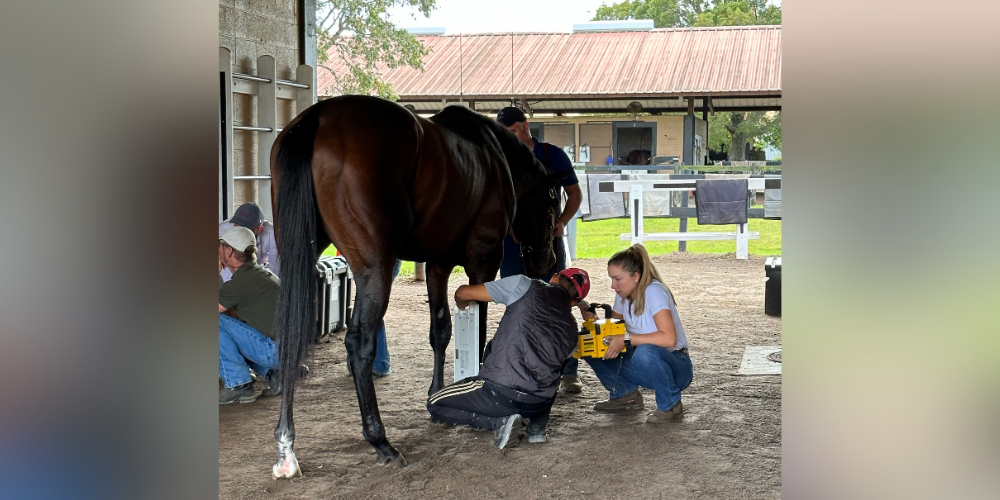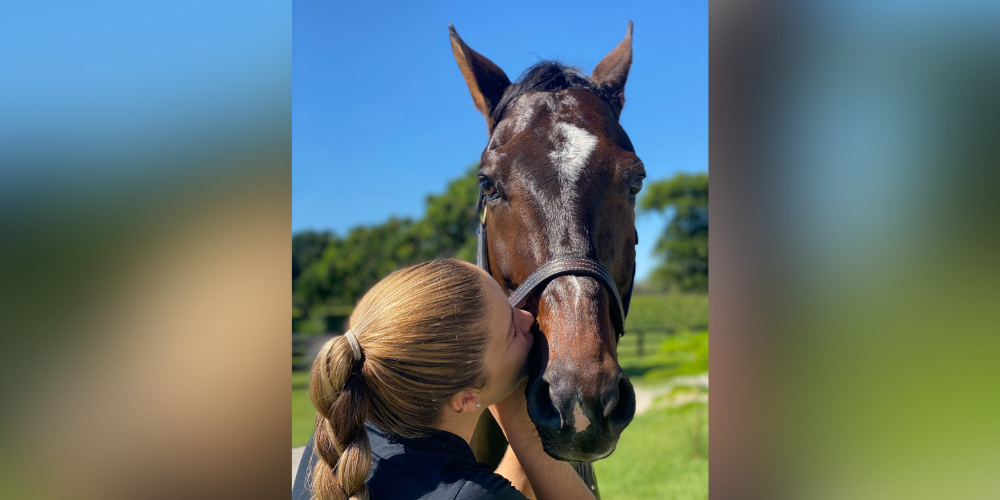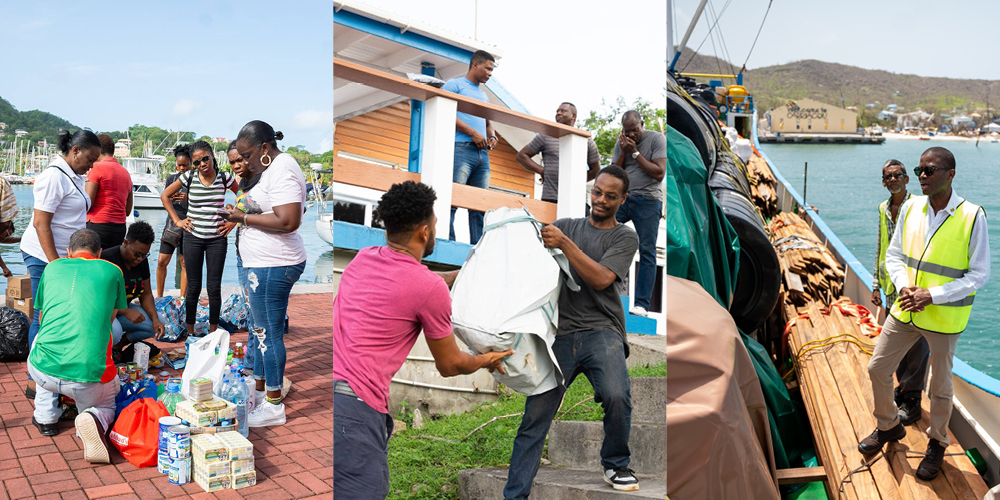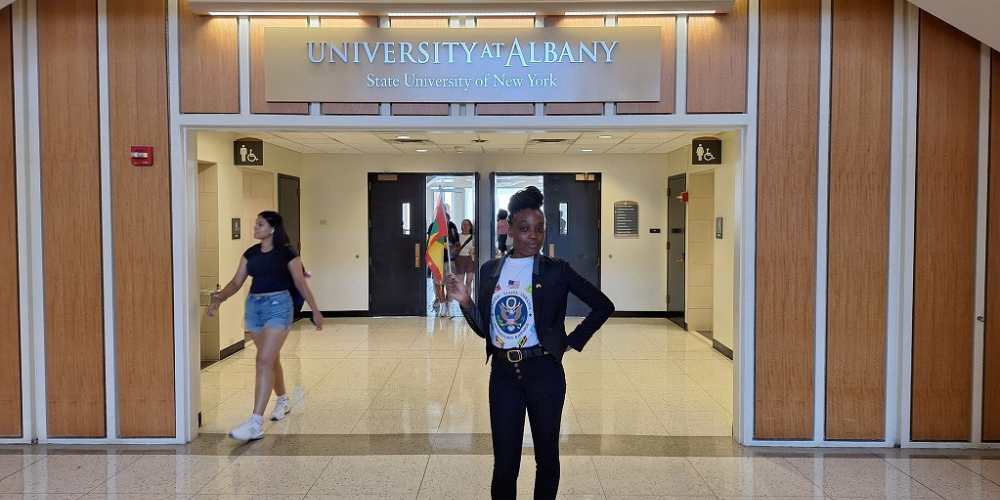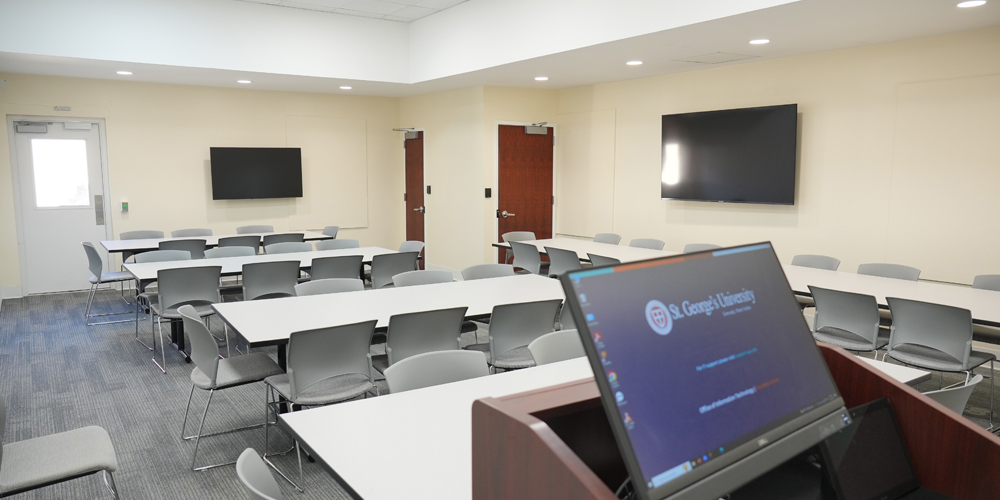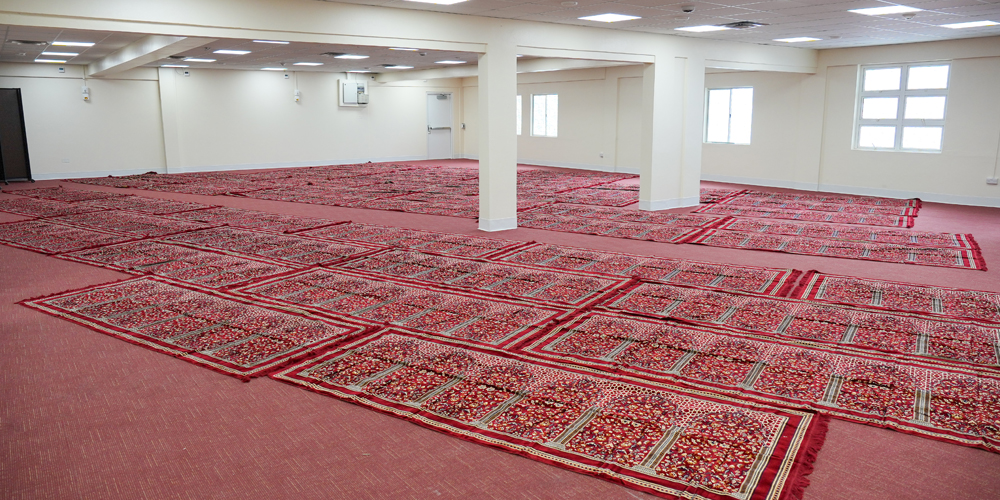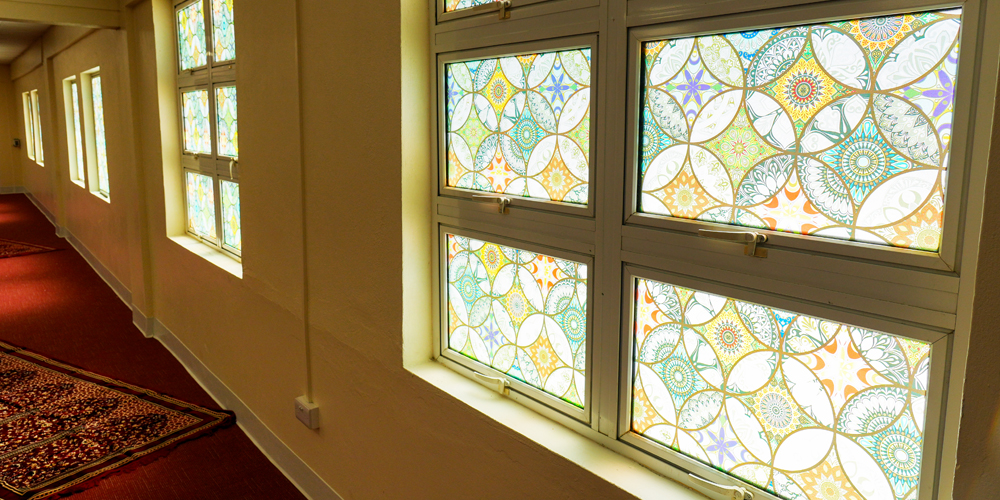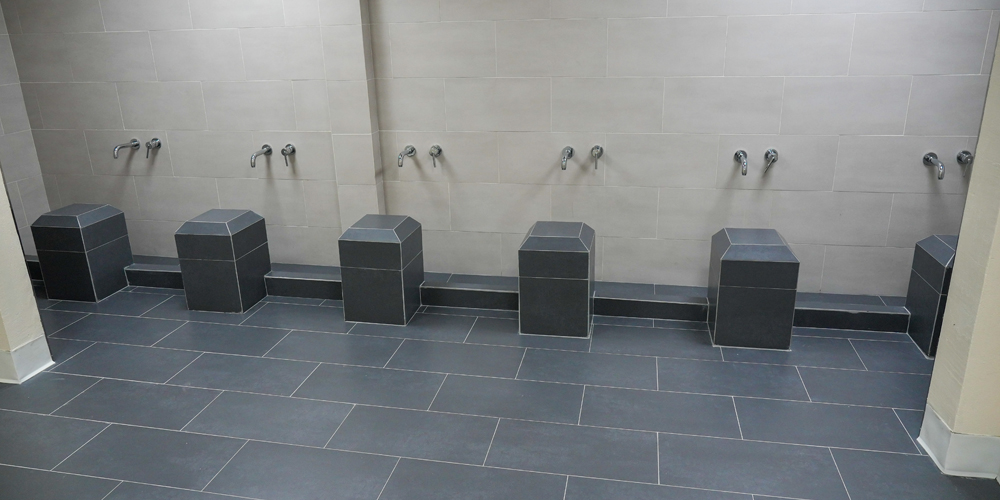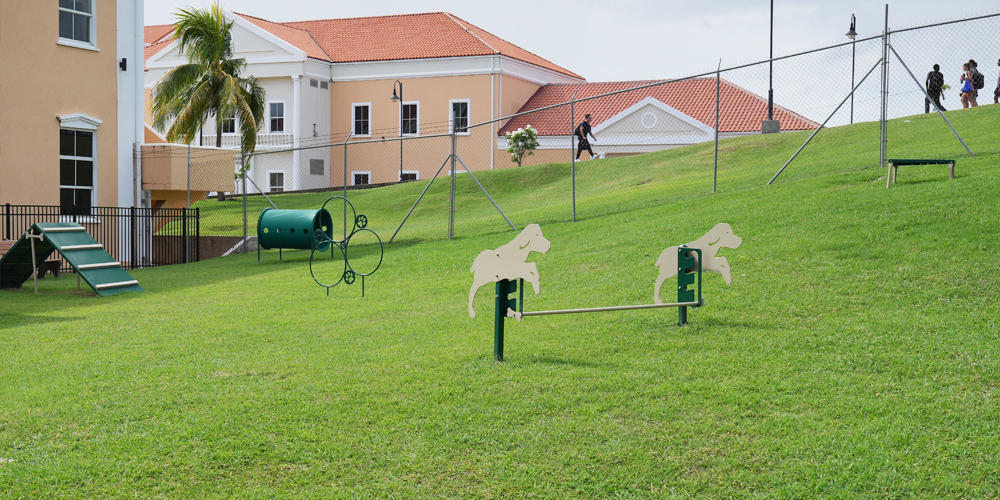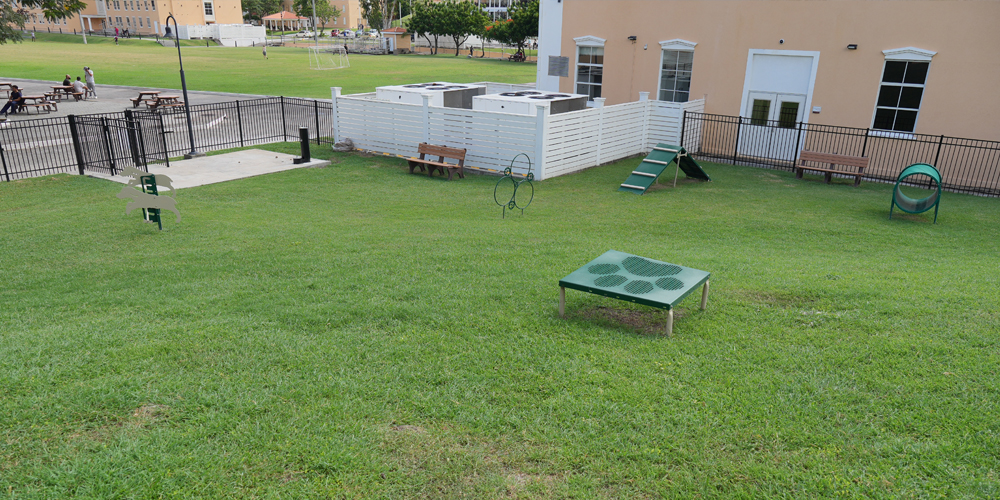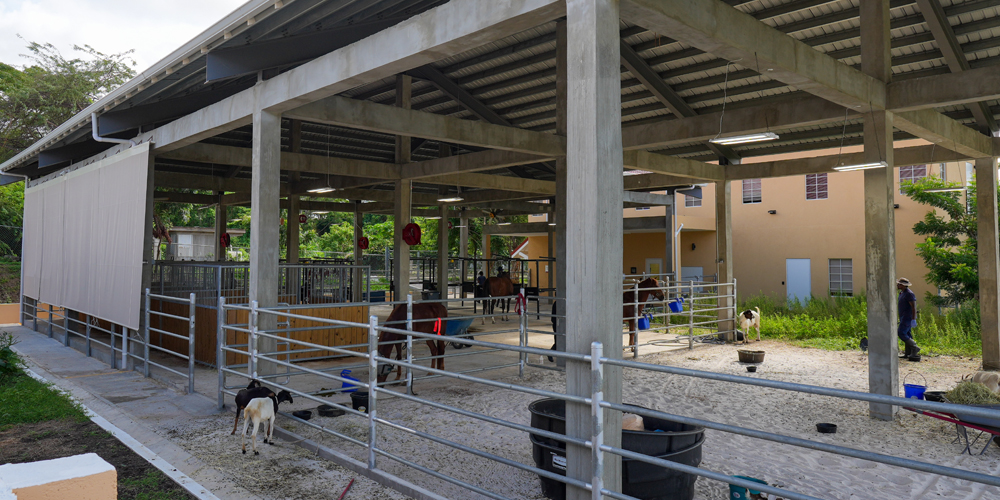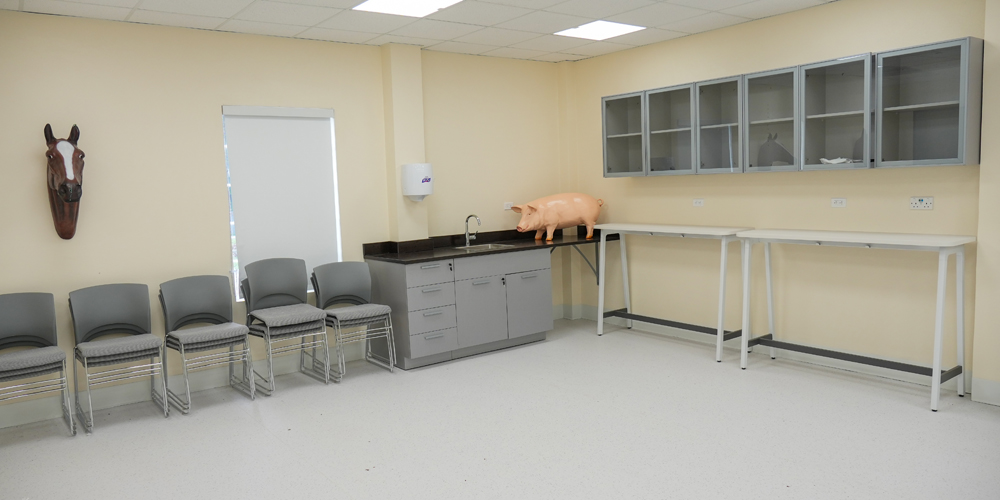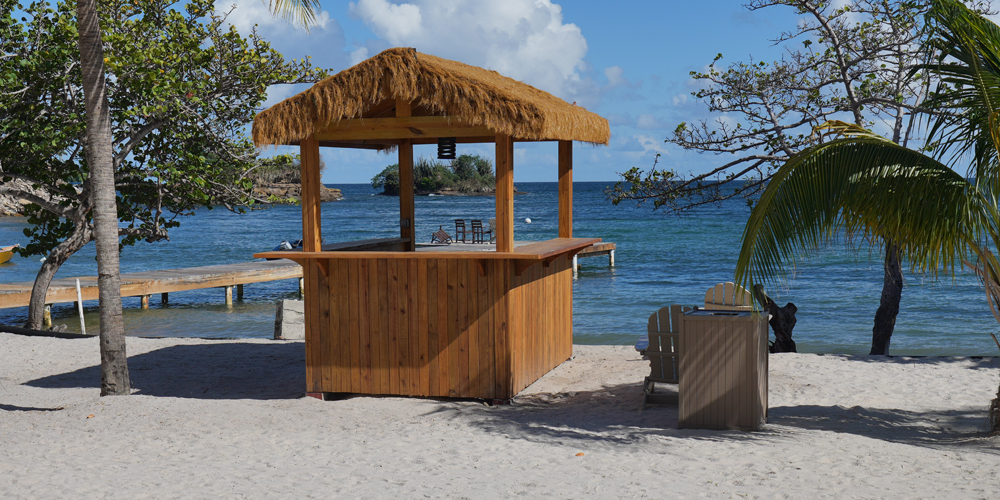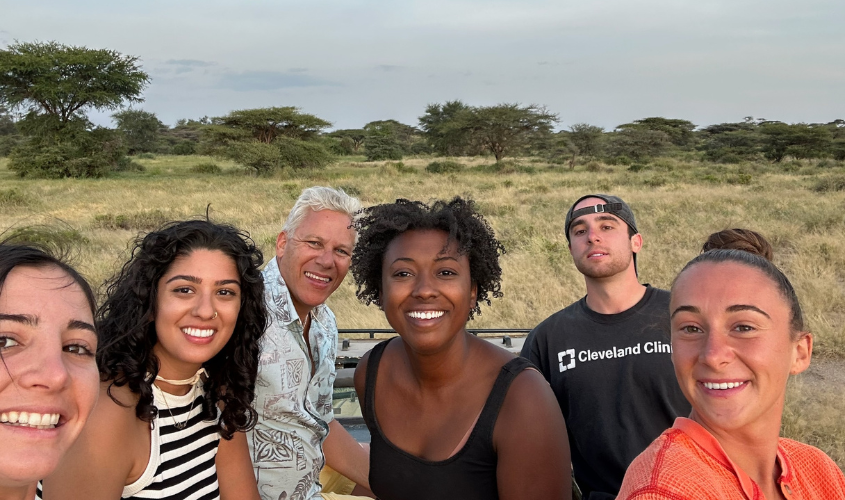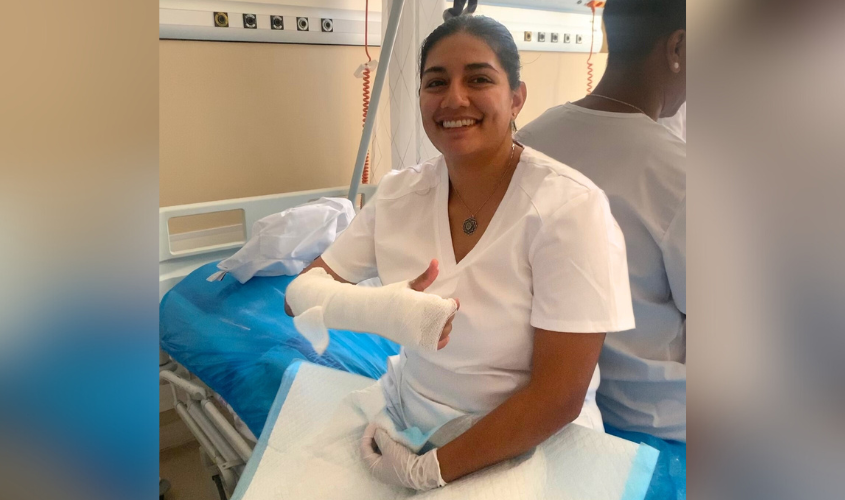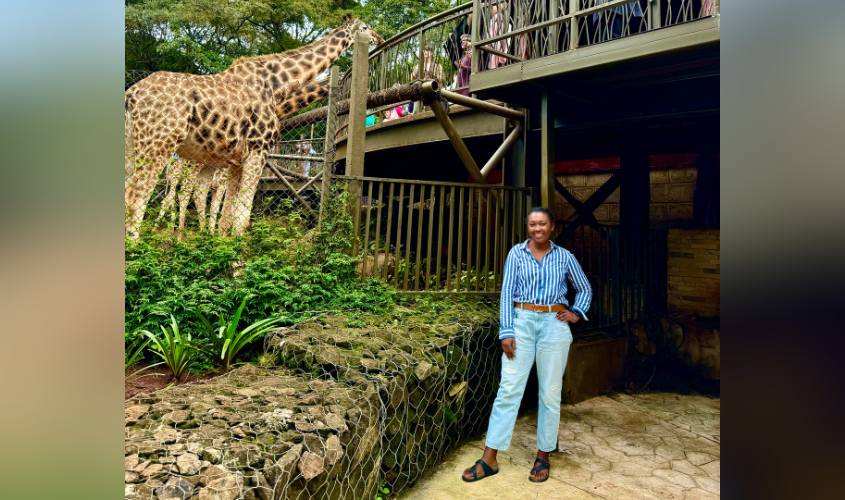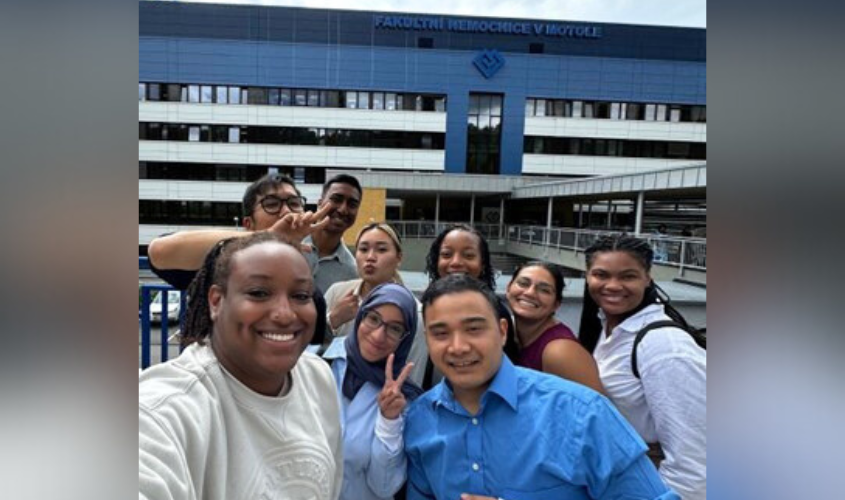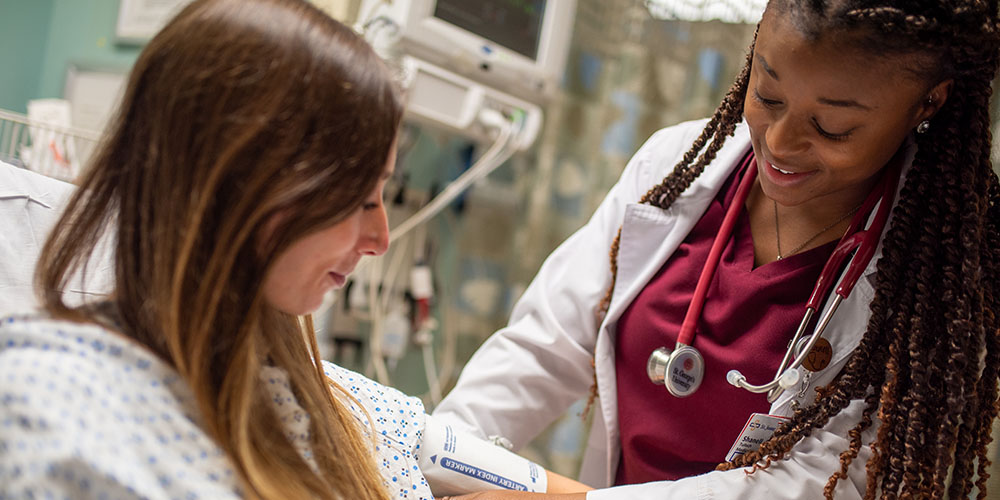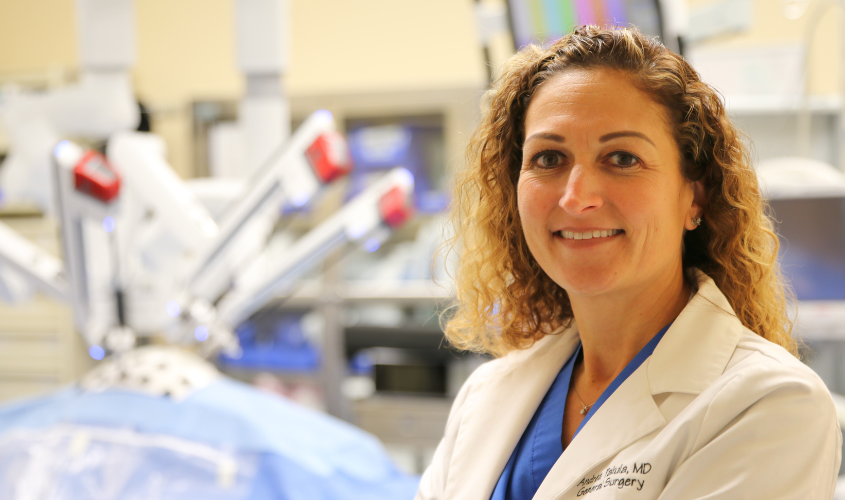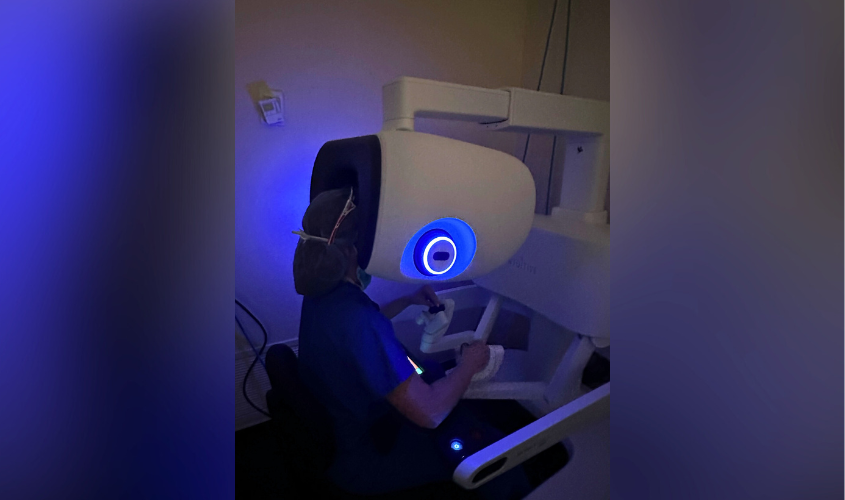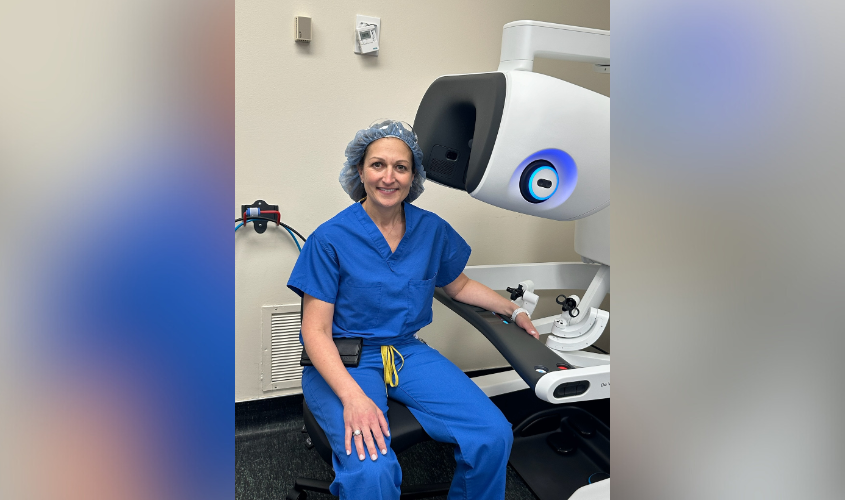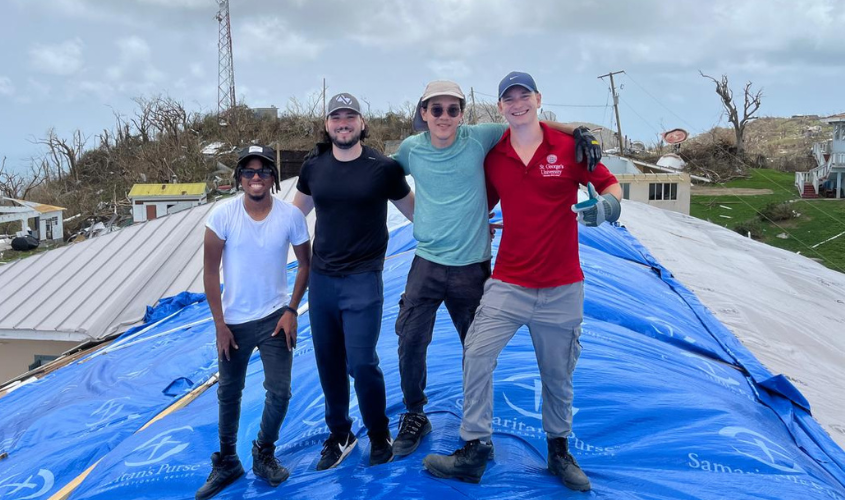
In the wake of the destruction to Grenada caused by Hurricane Beryl, St. George’s University students stepped up to aid in the island’s recovery from the storm.
“We are so incredibly proud of our students for their empathy and immediate action,” said Dr. Lucy Clunes, SGU’s dean of students. “By responding so quickly to this urgent need, they have been instrumental in Hurricane Beryl relief efforts and giving back to Grenada. A special thank you goes out to the Student Government Association for their coordinated efforts with the Department of Public Safety. It’s been overwhelming to see how much they have been able to do in such little time.”
Hurricane Beryl was the earliest forming Category 5 hurricane on record and the first for the 2024 Atlantic hurricane season, according to the National Oceanic and Atmospheric Administration (NOAA). Although the storm was only the third hurricane in almost 70 years to the island, it caused widespread devastation to the northern parishes of Grenada, and severely impacted the islands of Carriacou and Petite Martinique. Many residents there lost their homes and/or businesses, while other areas were uninhabitable.
From traveling to the northern part of Grenada and Carriacou to assist with clean-up efforts and reconstruction to organizing critical emergency supply donations to be dispersed to those who need it most, here are a few examples of how SGU students volunteered to help the island and its residents.
SGU volunteers in Carriacou

As a proud Grenadian and aspiring veterinarian at SGU, Cédric Verdier was eager to be a part of a six-member team made up of current SGU students and alumni who volunteered in Carriacou.
“Grenada and its sister islands are my home so of course I wanted to help rebuild,” said Cedric, who is a Term 3 veterinary medical student. “At first, I was shocked to see buildings I had known now in ruins, but we remained in high spirits, and this allowed us to get a lot of work done in a short space of time. In the end, it was beautiful to see something build itself back up.”
The mini expedition to provide aid in Carriacou was organized by Grenada’s Ministry of Health and the National Disaster Management Agency (NaDMA). In addition to Cédric, the SGU volunteers comprised of School of Arts and Sciences students and alumni, who worked under the supervision of Dr. Jennifer Solomon, professor emeritus and former director and chair of the Nursing and Allied Health Sciences Department.
The team worked in both the field hospital and in the community assisting the nursing staff in their duties and helping construction workers with reroofing the Princess Royal Hospital and the hurricane shelter, which also suffered partial roof damage. They were supported by Horizon Yacht Charters in Grenada, which provided them with transportation, food, water, and accommodation while in Carriacou, so as not to further impact the island’s limited resources.
“These young people were respectful, amazing, and hard working,” said Dr. Solomon. “In the evening, we would debrief about what things they had seen and the stories they had heard while working. I really believe that this experience has had a positive impact on these students and alumni for the better.”

Dylan Solomon, BSc ’22 – Project Manager, Physical Plant Department, SGU
“Many describe the men, women, and children of Grenada, Carriacou, and Petite Martinique as one big family. So, to be able to give back in any way possible is important to me,” acknowledged Dylan Solomon, BSc ’22, who is now a project manager at SGU. “While studying at SGU, disaster management topics and hurricane preparedness were both discussed in a number of the courses I took. Working at SGU has exposed me to various construction practices, which allowed me to effectively understand and physically be a part of the rebuilding process.”
Students collaborate with the Red Cross Society

Following the hurricane, School of Medicine student Daniel Perry, who is on campus for his third term, immediately jumped into action to help with clean-up efforts in one of most impacted areas of Grenada—the northern parish of St. Patrick. He contacted the Grenada Red Cross Society to register as a volunteer and soon assembled a team of more than 60 SGU medical students ready to volunteer on clean up duty.
“The Grenadian people have welcomed us with open arms as we try to follow our dreams,” Daniel shared, who is a native of Austin, TX. “It only felt right to give back to the community that has given us so much.”
The SGU volunteers worked to help clean up a beach within a community that used it for everything from relaxation to events such as weddings and birthday parties.
As someone who grew up experiencing hurricanes, including Hurricane Katrina, Term 3 SOM student Lucinda Eberly, who hails from New Orleans, LA, was touched by the generosity of the Grenadian people.
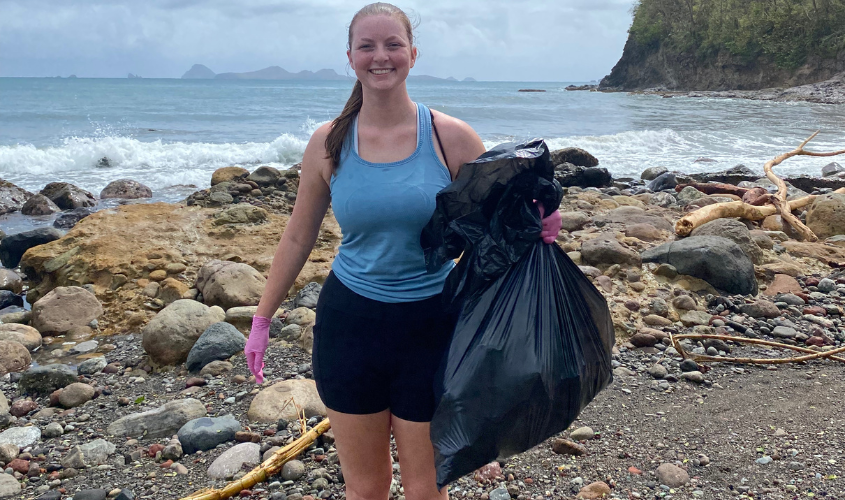
Lucinda Eberly, Term 3 School of Medicine Student
“Right before we left for the day, local residents in the area brought coconuts for us to drink as a way of thanking us for our help,” shared Lucinda. “This gesture, from people who’ve literally lost everything they own, was so special to witness and receive.”
The students were even featured in a news story for what they did.
SGA delivers critical supplies
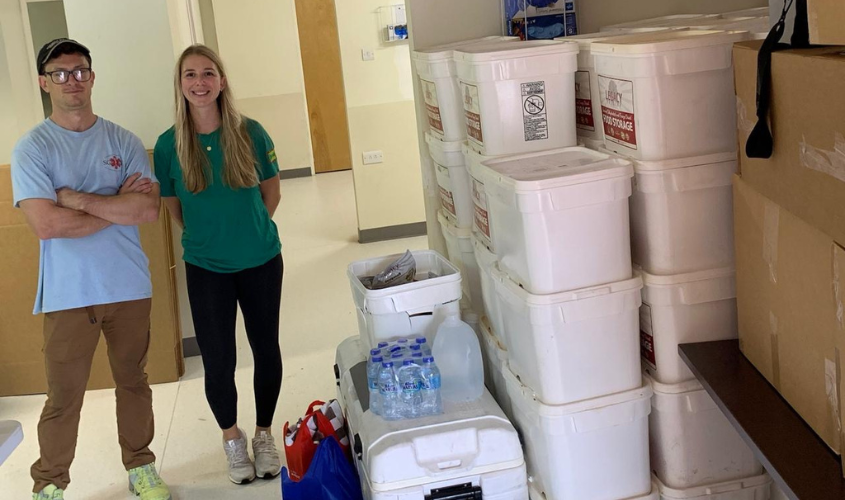
Almost immediately following the “all clear” on SGU’s True Blue campus, Term 3 SOM student Andres Assing and others in the Student Government Association expressed the same sentiment: ‘What can we do to help?’ The aftermath of Hurricane Beryl had created critical needs for food, water, clothing, and other emergency supplies for many in its wake.
As the SGA’s vice president of operations, Andres, along with the help of fellow students, partnered with the Grenada Yacht Club to expedite a shipment of donations to those most affected by the storm. Working alongside SGU’s Department of Public Safety, the group helped to transport items such as non-perishable food, household supplies, and hygiene productions to the loading bay to be shipped off.
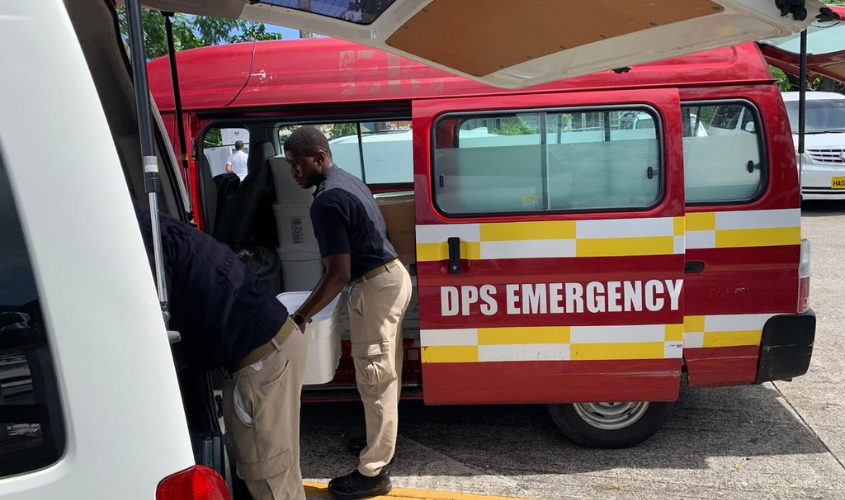
In addition to coordinating the SGU Student Relief Aid Drives, Andres created an SGA GoFundMe page, which has raised over US$12,000 to be used as part of the NaDMA disaster relief efforts.
“My biggest takeaway from this experience was seeing the power of community,” Andres said. “Witnessing the power of our student body and the University focus on one single goal—the traction we were able to make overnight was incredible. Seeing people come together to donate, plan, and give their time for this island has been nothing short of amazing.”
Want to get involved with hurricane relief efforts? Join SGA’s WhatsApp group chat to learn more about future events, including their upcoming school supply and toy drive for the children of Carriacou and Petite Martinique.
– Ray-Donna Peters
Related Reading
